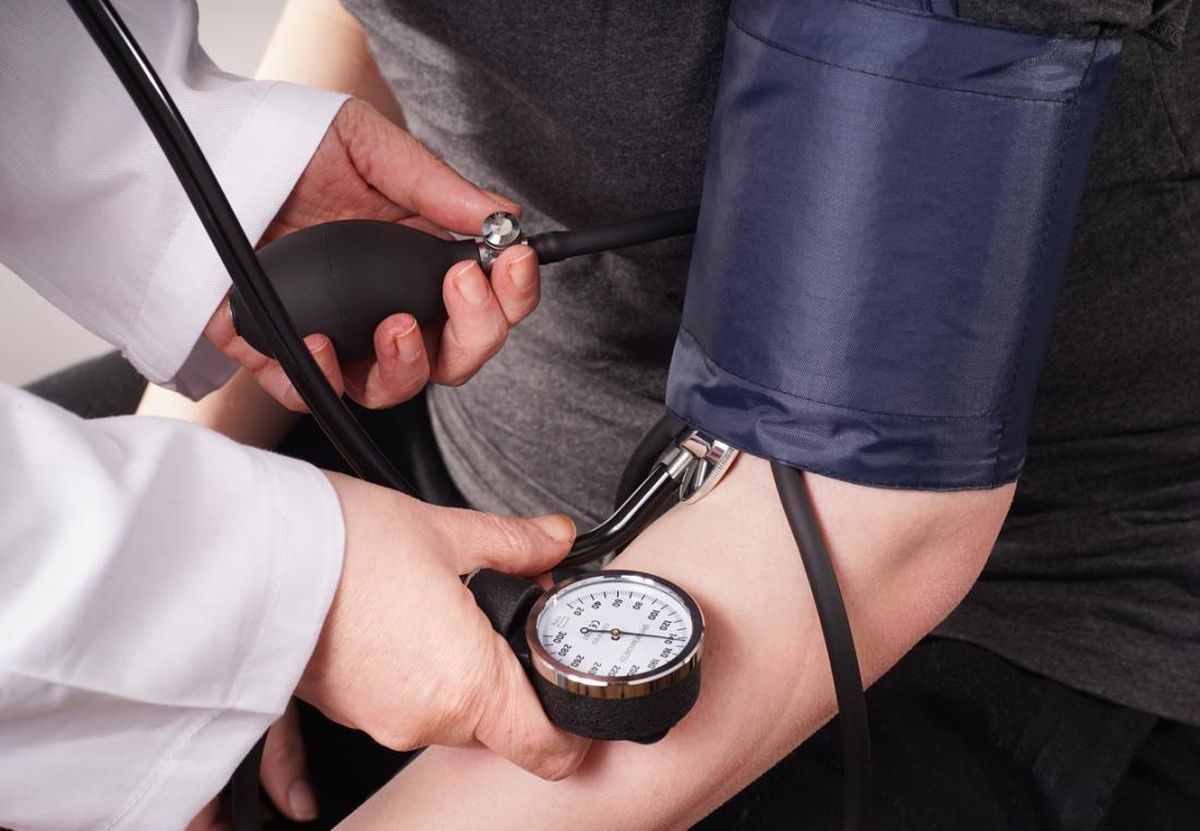
Orthostatic hypotension can be a puzzling condition. Ever stood up too quickly and felt dizzy or lightheaded? That’s orthostatic hypotension in action. This condition happens when blood pressure drops suddenly upon standing, causing symptoms like dizziness, fainting, or even falls. It's more common than you might think, especially in older adults. Understanding orthostatic hypotension is crucial because it can affect daily life and overall health. This blog post will dive into 27 facts about orthostatic hypotension, shedding light on its causes, symptoms, and management. Whether you're experiencing it yourself or know someone who is, these facts will help you grasp this condition better.
What is Orthostatic Hypotension?
Orthostatic hypotension, also known as postural hypotension, is a condition where blood pressure drops significantly when a person stands up from sitting or lying down. This sudden drop can cause dizziness, lightheadedness, or even fainting. Understanding this condition can help manage its symptoms and improve quality of life.
-
Orthostatic hypotension is defined as a decrease in systolic blood pressure of at least 20 mm Hg or a decrease in diastolic blood pressure of at least 10 mm Hg within three minutes of standing up.
-
The condition is more common in older adults, affecting about 20% of people over the age of 65.
-
It can be caused by dehydration, heart problems, endocrine disorders, or nervous system disorders.
-
Certain medications, such as those for high blood pressure, can also lead to orthostatic hypotension.
Symptoms of Orthostatic Hypotension
Recognizing the symptoms is crucial for timely intervention. Symptoms can range from mild to severe and may vary from person to person.
-
Common symptoms include dizziness, lightheadedness, and fainting.
-
Some people may experience blurred vision, weakness, or confusion.
-
Nausea and headaches can also be symptoms of orthostatic hypotension.
-
Symptoms are often worse in the morning or after meals.
Diagnosing Orthostatic Hypotension
Proper diagnosis involves a series of tests and evaluations. Medical professionals use various methods to confirm the condition.
-
Blood pressure measurements are taken while lying down and then again after standing up.
-
A tilt table test may be used to monitor blood pressure and heart rate changes.
-
Blood tests can help identify underlying conditions causing the hypotension.
-
An electrocardiogram (ECG) might be performed to check for heart-related issues.
Managing Orthostatic Hypotension
Management strategies focus on alleviating symptoms and addressing underlying causes. Lifestyle changes and medical treatments can be effective.
-
Increasing fluid and salt intake can help raise blood pressure.
-
Wearing compression stockings can prevent blood from pooling in the legs.
-
Medications like fludrocortisone or midodrine may be prescribed to increase blood pressure.
-
Avoiding alcohol and large meals can reduce symptoms.
Lifestyle Changes to Prevent Orthostatic Hypotension
Simple lifestyle adjustments can make a significant difference in managing this condition. These changes aim to stabilize blood pressure and improve overall health.
-
Standing up slowly and gradually can help prevent sudden drops in blood pressure.
-
Elevating the head of the bed can reduce symptoms upon waking.
-
Regular exercise can improve circulation and blood pressure regulation.
-
Eating smaller, more frequent meals can help maintain stable blood pressure levels.
Complications of Orthostatic Hypotension
If left untreated, orthostatic hypotension can lead to serious complications. Understanding these risks emphasizes the importance of management.
-
Frequent fainting can lead to falls and injuries.
-
Chronic low blood pressure can cause damage to vital organs due to reduced blood flow.
-
It can increase the risk of cardiovascular diseases.
-
Severe cases may lead to shock, a life-threatening condition.
Research and Future Directions
Ongoing research aims to better understand and treat orthostatic hypotension. Advances in medical science offer hope for improved management.
-
Studies are exploring new medications that can more effectively manage symptoms.
-
Research is being conducted on the genetic factors that may contribute to the condition.
-
Innovative therapies, such as biofeedback and physical therapy, are being tested for their effectiveness in managing orthostatic hypotension.
Final Thoughts on Orthostatic Hypotension
Orthostatic hypotension, while often overlooked, can significantly impact daily life. Knowing the symptoms like dizziness, lightheadedness, and fainting helps in early detection. Understanding the causes—ranging from dehydration to certain medications—enables better management. Simple lifestyle changes such as staying hydrated, wearing compression stockings, and rising slowly from sitting or lying positions can make a big difference. Consulting a healthcare provider for personalized advice is always a good move.
Remember, this condition isn't just about feeling a bit dizzy; it can lead to serious falls and injuries if not managed properly. Stay informed, stay safe, and take proactive steps to maintain your health. By being aware and making small adjustments, you can live a more comfortable, safer life despite orthostatic hypotension.
Was this page helpful?
Our commitment to delivering trustworthy and engaging content is at the heart of what we do. Each fact on our site is contributed by real users like you, bringing a wealth of diverse insights and information. To ensure the highest standards of accuracy and reliability, our dedicated editors meticulously review each submission. This process guarantees that the facts we share are not only fascinating but also credible. Trust in our commitment to quality and authenticity as you explore and learn with us.
